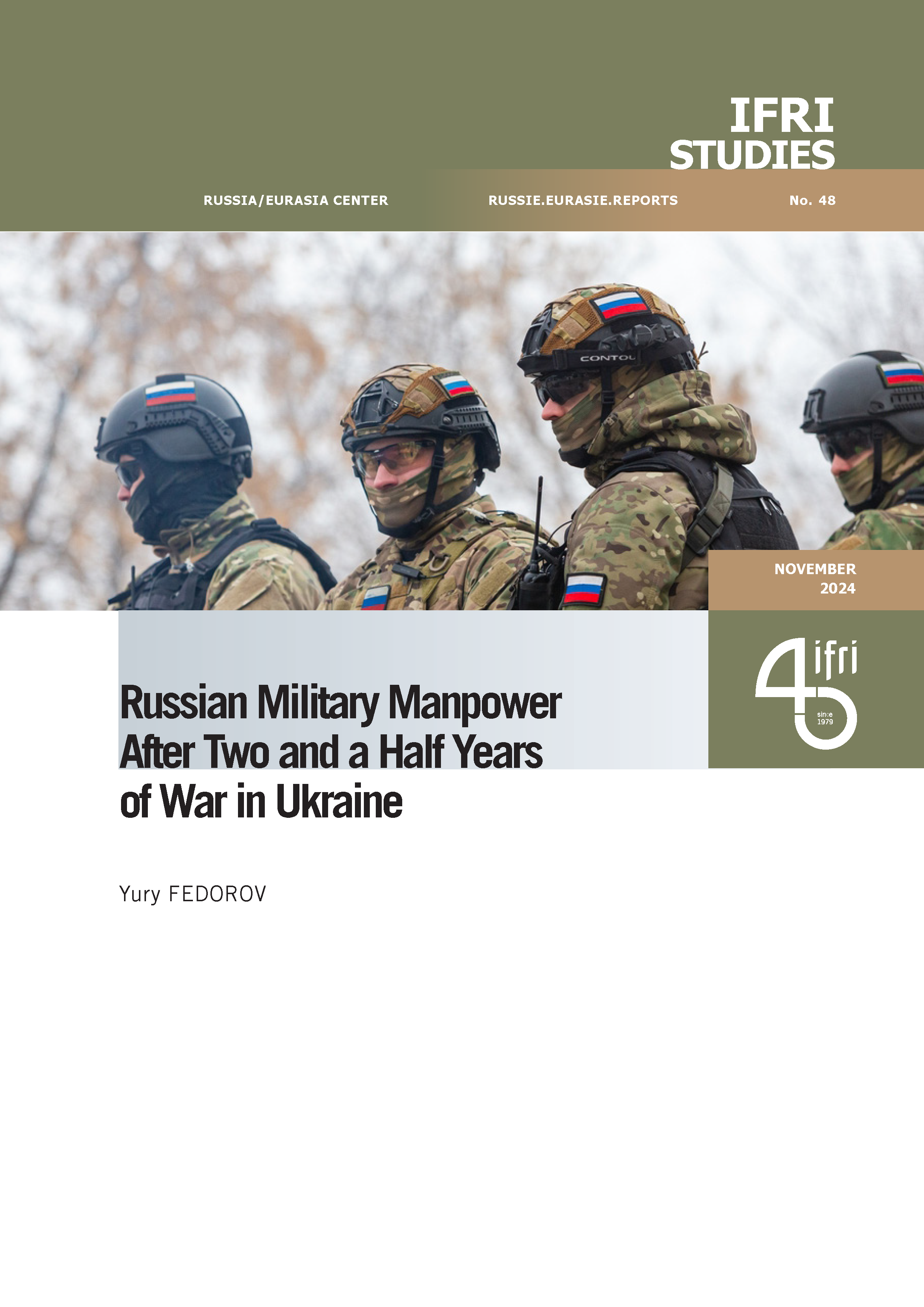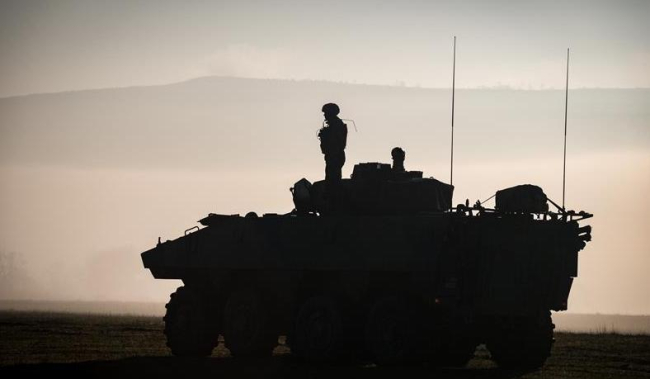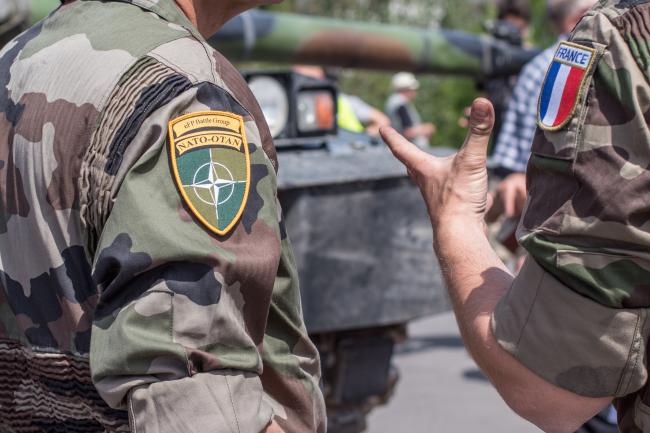TB2 Bayraktar: Big Strategy for a Little Drone
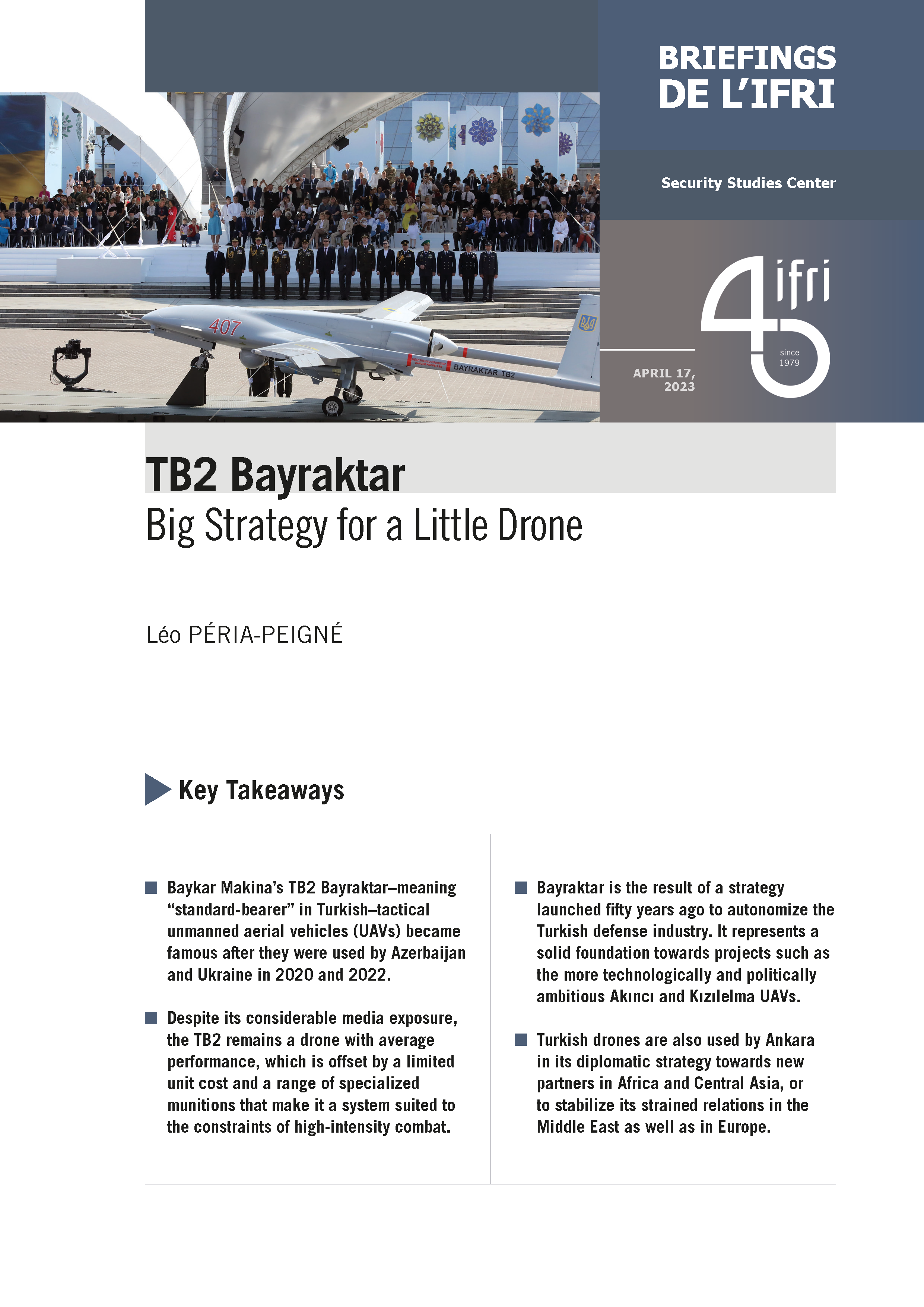
Since 2016, the tactical drone TB2 Bayraktar—“standard bearer” in Turkish—has received considerable media attention, particularly during the conflict in Nagorno-Karabakh in 2020. Thanks to Azerbaijan’s victory over its neighbor Armenia, the drone, manufactured by Baykar, is now a proven combat system with increasing numbers of export clients.
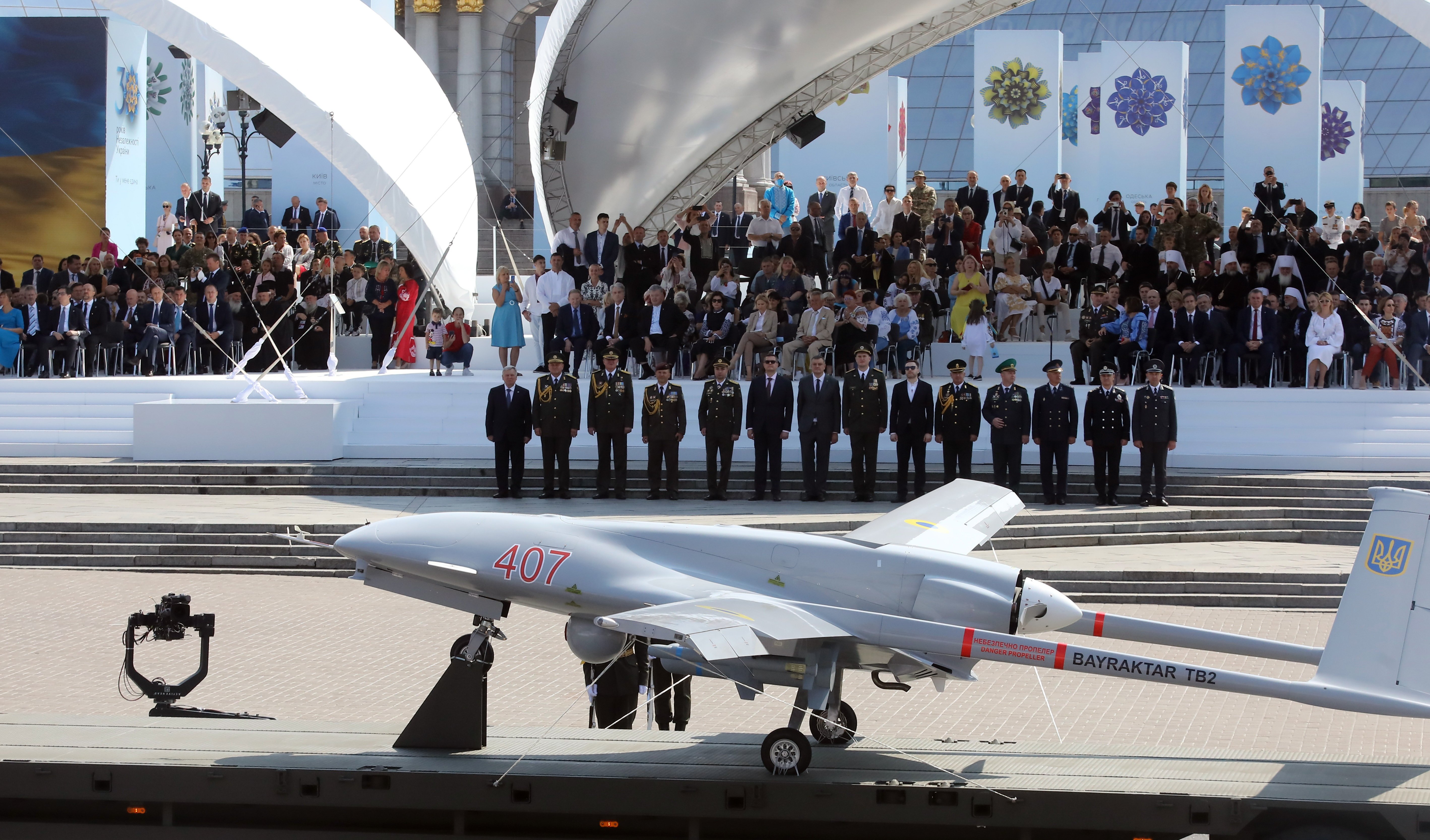
These sales are encouraged by the Turkish government, which is anxious to promote the products of its defense industrial base (DIB). The TB2 enjoys a reputation as an efficient and inexpensive platform and serves as a springboard for the Turkish defense aeronautics industry, which continues to make new announcements about future drone projects.
The Turkish drone has also played an important role in the conflict in Ukraine, where the Ukrainian forces have used it for strategic communications, further strengthening its reputation. Presented as a key factor in several Ukrainian military successes, including the halting of the Russian advance from Belorussia or the destruction of the Moskva cruiser, the TB2 has become one of the symbols of the early stages of the conflict, partly thanks to its distinctive shape. Baykar has also exploited the positive publicity around its flagship product to intensify its own marketing and spotlight its industrial accomplishments.
Beyond this media success story, which the Turkish government has capitalized on to promote its own achievements, it would be useful to put the TB2’s technical performance into perspective in terms of its endurance, capacity, and range. Examination of its military and commercial history enables a more impartial view of this weapons system and its integration into Ankara’s industrial trajectory and strategic plans.

Available in:
Regions and themes
ISBN / ISSN
Share
Download the full analysis
This page contains only a summary of our work. If you would like to have access to all the information from our research on the subject, you can download the full version in PDF format.
TB2 Bayraktar: Big Strategy for a Little Drone
Related centers and programs
Discover our other research centers and programsFind out more
Discover all our analysesFrom Cuba to Ukraine: Strategic Signaling and Nuclear Deterrence
Strategic signaling—the range of signs and maneuvers intended, in peace time, to lend credibility to any threat to use nuclear weapons—is back.
Return to the East: the Russian Threat and the French Pivot to Europe's Eastern Flank
Russia’s full-scale invasion of Ukraine on February 24, 2022, has flung Europe’s Eastern flank into a new phase of strategic confrontation. It has had a major effect on France’s position, which was previously somewhat timid, leading it to significantly reinforce its deterrence and defense posture in support of the collective defense of Europe, in the name of strategic solidarity and the protection of its security interests.
Military Stockpiles: A Life-Insurance Policy in a High-Intensity Conflict?
The war in Ukraine is a reminder of the place of attrition from high-intensity conflict in European armies that have been cut to the bone after three decades of budget cuts. All European forces have had to reduce their stocks to the bare minimum. As a result, support to Ukraine has meant a significant drain on their operational capabilities. A significant amount of decommissioned systems were also donated, due to the lack of depth in operational fleets.
France’s Place Within NATO: Toward a Strategic Aggiornamento?
With a rapidly deteriorating security environment, a chaotic withdrawal from Afghanistan, internal disputes exploding into public view, and questions being raised about the scope of its security responsibilities, the North Atlantic Treaty Organization (NATO) seemed to be in dire straits at the time of Russia’s invasion of Ukraine on February 24, 2022.


